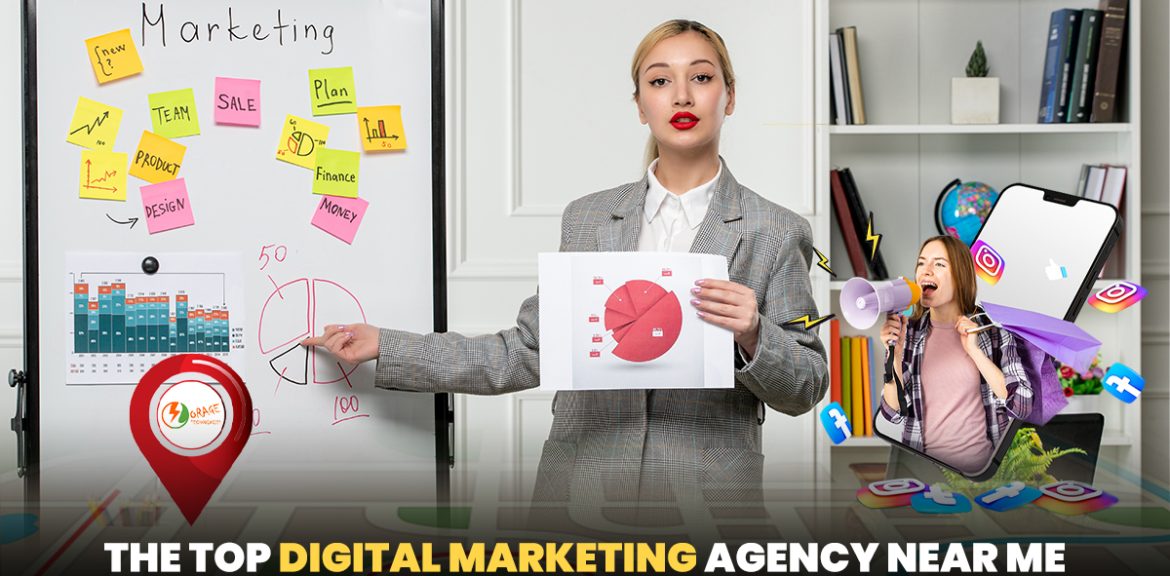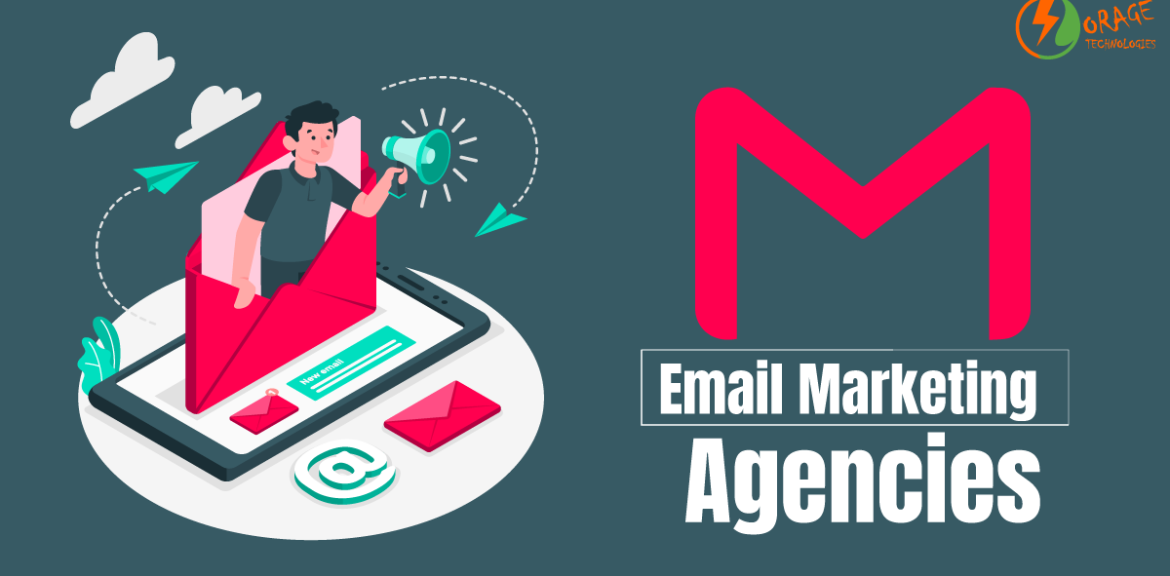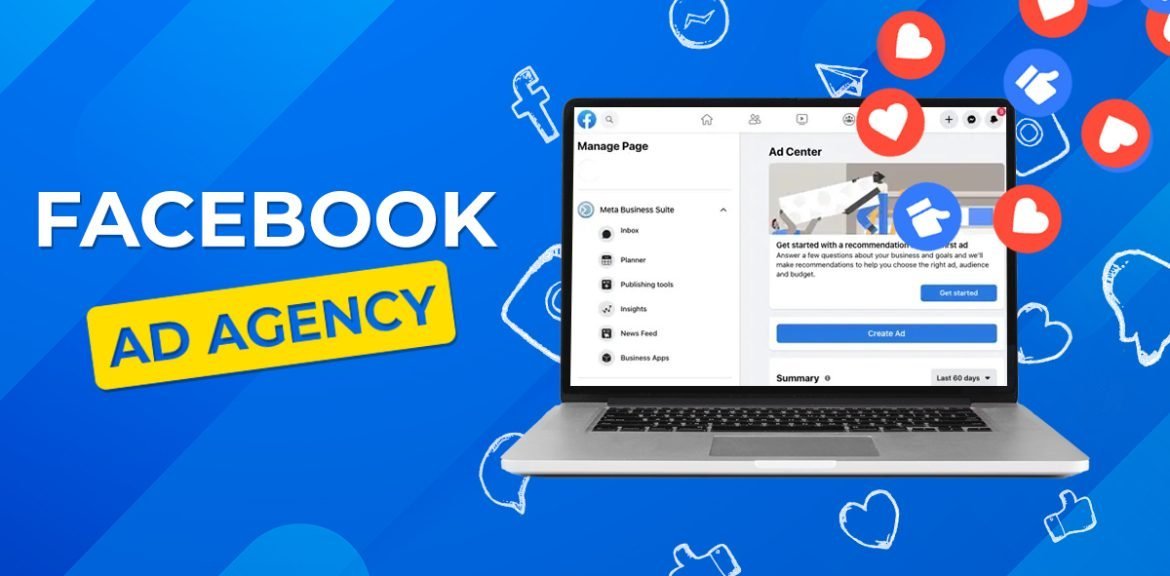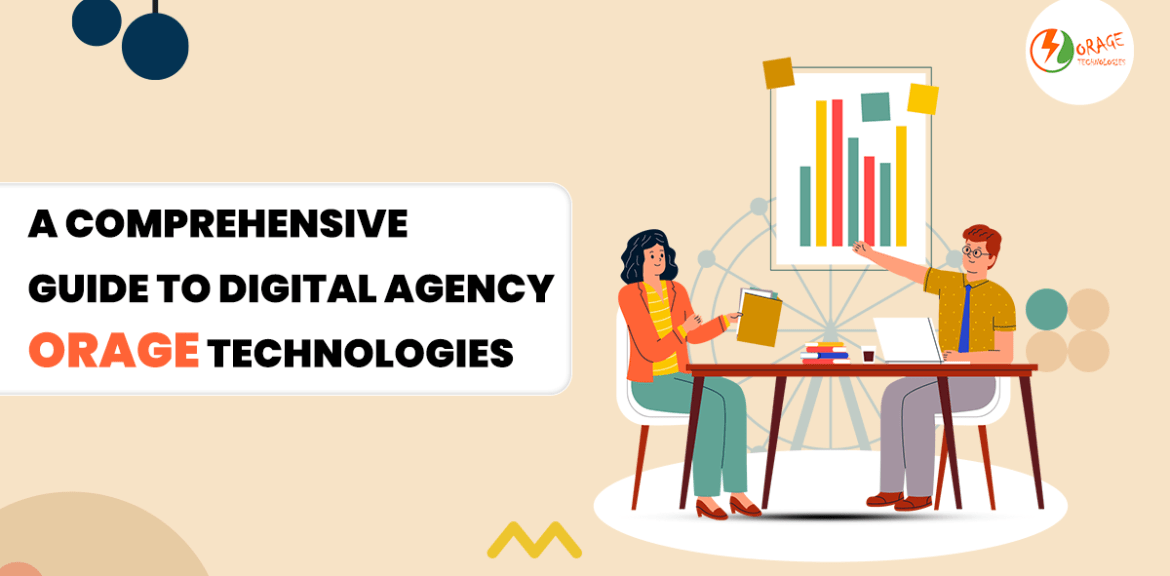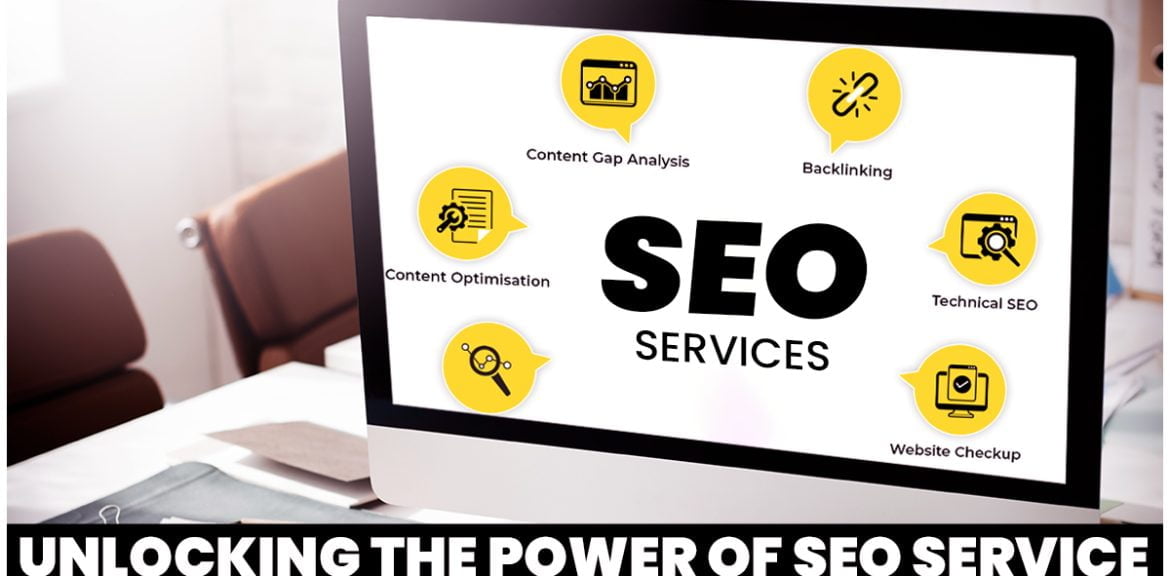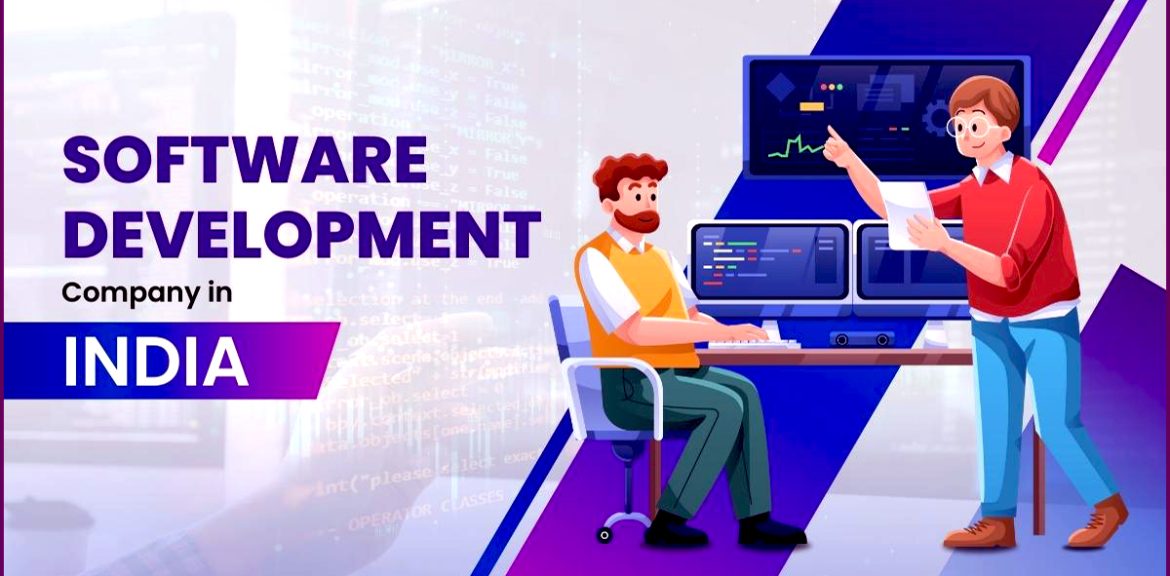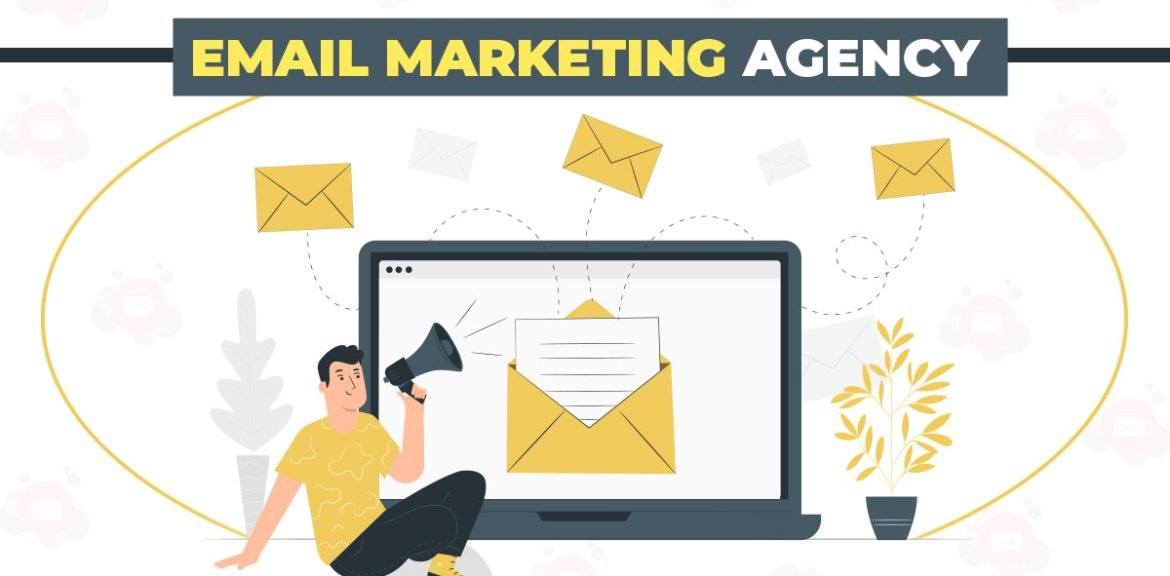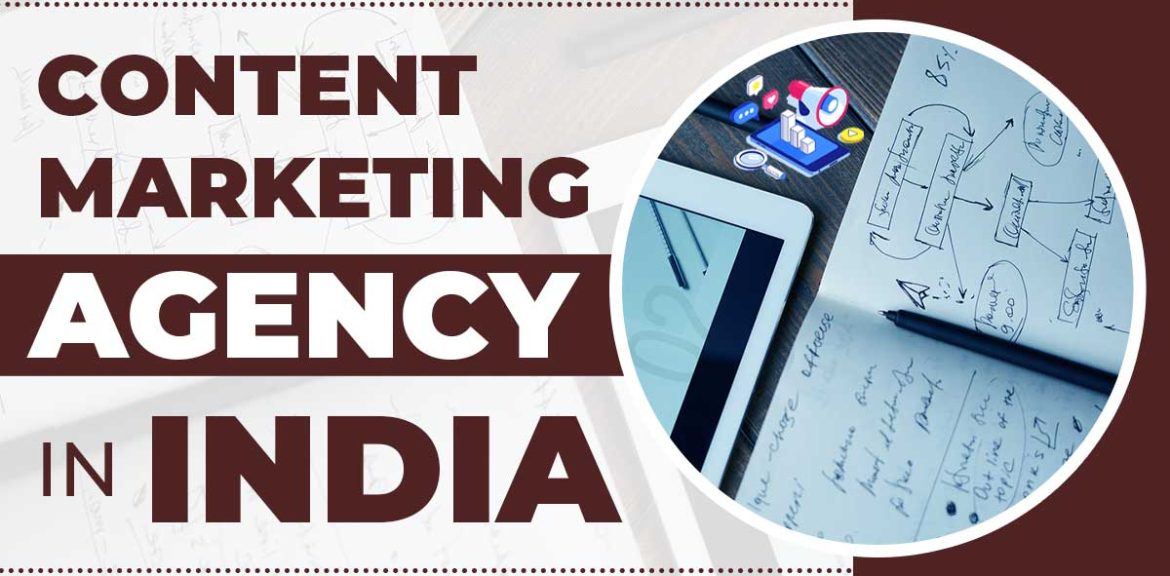The Basics of Lifecycle Marketing: A Comprehensive Guide
In the marketing world, businesses constantly look for new strategies to engage customers, build brand loyalty, and drive growth. One approach that has gained significant attention and proven effective is “Lifecycle Marketing.” This blog will provide you a comprehensive guide, including how it works and more. So, let’s explore it . What is Lifecycle Marketing Lifecycle marketing or Customer Relationship Marketing is a strategy that concentrates on engaging customers with your brand. In this marketing, you can engage customers from the beginning of contact to becoming a loyal brand advocate. It is about creating connections with your customers over their whole experience with your business. At its core, Customer Relationship Marketing understands that not all customers are the same. Each customer is unique and has different stages in their relationship with your brand. Customer Relationship Marketing stages can create more customized and appropriate marketing campaigns that attract customers to your business. Stages of Lifecycle Marketing It is essential to understand that lifecycle marketing is just a part of the broader marketing lifecycle. The marketing lifecycle includes all the activities involved in creating, promoting, and selling a product or service. Loyalty Marketing, as discussed here, focuses primarily on the stages after a client’s initial interaction with your brand. Let’s discuss the stages of the marketing lifecycle: Product Development: This is where a business develops, designs, and creates a new product or service. It includes market research, design, production, and testing. Product Launch: Once the product is ready, it is time to launch. This includes developing marketing campaigns, setting pricing, and preparing for the product’s introduction to the market. Customer Retention: At this stage, the focus is on attracting new customers. It involves various marketing strategies, such as advertising, content marketing, and SEO, to generate interest and awareness. User Retention Marketing: After getting a new customer, the User Retention Marketing strategies come into play. It is a strategy for customizing client communications based on identifying the different marketing strategies. Performance Analysis: Ongoing analysis and assessment of marketing efforts help identify what’s working and what needs improvement. Product Enhancement: Based on customer feedback and market trends, businesses can make improvements or updates to their products or services. Customer Support: Providing excellent customer support and resolving issues is essential for customer satisfaction. Product Expiration: Ultimately, products may end their lifecycle and be removed from the market or replaced by newer offerings. By understanding how Customer Relationship Marketing fits into the broader marketing lifecycle, businesses can create a diversified strategy for marketing that maximizes customer engagement and long-term success. Understanding Customer Lifecycle Marketing The customer lifecycle includes several stages. Each stage offers unique opportunities for engagement. Let’s break down these stages: 1. Awareness Awareness is initially when a genuine customer becomes aware of your brand. At this point, the goal is to grab customer’s attention and introduce them to products or services. Content marketing, social media, and ads also play a crucial role in creating awareness. 2. Consideration In this stage, potential customers are considering your offerings. They could be comparing your products to your competitors. Here, providing valuable content and addressing their concerns can help guide them toward a decision in your favour. 3. Purchase It is the conversion stage when a prospect becomes a paying customer. This is a critical moment when the focus shifts to providing an excellent purchasing experience and ensuring customer satisfaction. 4. Retention After making a purchase, the main objective is to keep the customer attached to your brand. For effective long-term engagement, follow-up emails, personalized recommendations, and loyalty programs can play a significant role in customer retention. 5. Advocacy Loyal customers can become brand supporters who spread positive feedback and refer new customers. Encourage happy customers to share their experiences and reward them for their loyalty. 6. Reactivation Sometimes, customers may disconnect or become inactive. In this stage, marketing lifecycle aims to reactivate their interest and bring them back. Marketing lifecycle depends on understanding these stages and customizing marketing efforts to fit each one. By doing so, you can create a simple and engaging experience that resonates with customers, ultimately increasing customer satisfaction and revenue. Work of Lifecycle Marketing Manager To successfully implement Lifecycle Marketing or always-on marketing, many businesses hire or choose a dedicated professional known as a “always-on marketing manager.” This individual plays a critical role in planning and implementing always-on marketing strategies. The key responsibilities of a always-on marketing manager include: 1. Strategy Development They create a complete strategy that outlines how the business will engage with customers at different lifecycle stages. This includes identifying suitable channels, content, and messaging. 2. Segmentation Lifecycle marketing managers split the customer base into different groups based on their behaviours, preferences, and engagement levels. This allows more personalized and targeted marketing efforts. 3. Content Creation They manage the creation of content and marketing materials customized for each lifecycle stage. This includes everything, like awareness-creating blog posts and retention-focused email campaigns. 4. Automation Automation tools are often used to schedule and send out marketing messages at the right time to genuine customers. Lifecycle marketing managers set up and manage these systems to ensure effective client engagement. 5. Analysis and Optimization Observing the impact of a lifecycle marketing campaign is crucial. Lifecycle marketing managers analyse Key Performance Indicators (KPIs), analyze data, and make adjustments to improve results constantly. 6. Collaboration They work together on multiple teams, including marketing, sales, customer support, and product development. These are all used to ensure consistent customer experience across all touchpoints. Key benefits of the lifecycle marketing Loyalty Marketing offers a lot of benefits for businesses. Here are the following benefits: 1. Increased Customer Retention for lifecycle marketing Businesses can boost customer loyalty and increase retention rates by engaging with customers at every stage of their journey and providing personalized experiences. 2. Improved Customer Satisfaction Satisfied customers are more likely to repeat purchases and suggest your brand to others. Omnichannel marketing focuses on keeping customers comfortable at every stage. 3. Enhanced Customer Segmentation Businesses can use consumer


